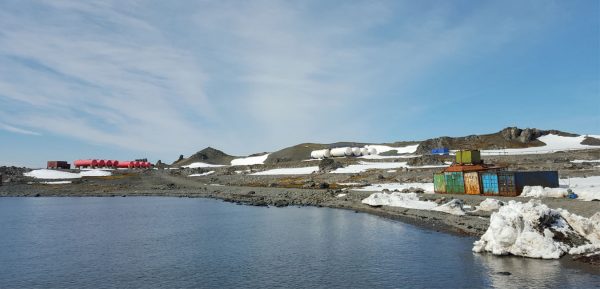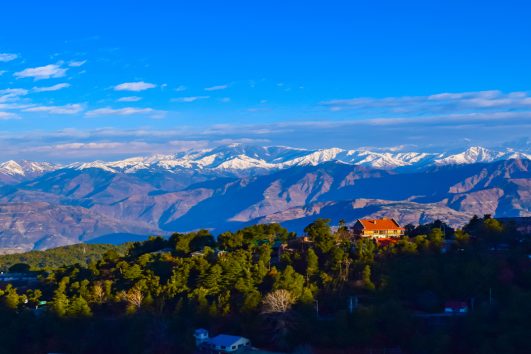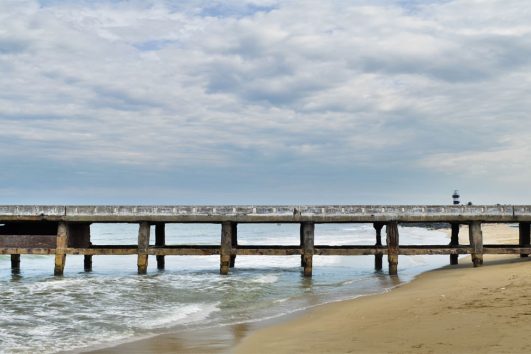Located at the northern tip of the Antarctic Peninsula, King George Island is a remote and pristine landmass that plays a pivotal role in scientific research and environmental conservation. This island, situated within the South Shetland Islands archipelago, serves as a gateway to the vast, frozen continent of Antarctica. Its unique characteristics and strategic location have made it a hub for researchers, adventurers, and nature enthusiasts alike.
Geography and Environment
Location within Antarctica King George Island is situated approximately 120 kilometers (75 miles) off the coast of the Antarctic Peninsula. It is one of the largest islands in the South Shetland Islands group and serves as an important logistical hub for expeditions to Antarctica due to its proximity to the continent.
Climate The island experiences an extreme polar climate, characterized by frigid temperatures, strong winds, and abundant snowfall. Summers are brief, with temperatures hovering around freezing, while winters are bitterly cold, often plummeting far below zero degrees Celsius.
Topography The island boasts a diverse landscape, featuring rugged coastlines, snow-covered peaks, and glaciers. Its diverse topography is a testament to the dynamic geological processes at work in this remote region.
Flora and Fauna Despite its harsh climate, King George Island is home to a surprising array of flora and fauna. Mosses, lichens, and algae thrive in the island’s microclimates, while penguins, seals, and various seabirds inhabit its coastal areas.
Research Stations
Overview of Research Stations on King George Island King George Island hosts several research stations operated by various countries, including Chile, Russia, China, and South Korea. These stations are equipped with state-of-the-art laboratories and living facilities, facilitating groundbreaking research in fields such as climatology, oceanography, biology, and geology.
Scientific Research Conducted The research conducted on King George Island is vital for understanding global climate change, ecosystem dynamics, and the continent of Antarctica itself. Scientists here study everything from ice cores and meteorology to marine biology and geophysics.
International Collaborations Collaboration among research stations and international organizations is common on King George Island. Scientists from different nations often work together to address complex scientific questions and promote cooperation in this remote environment.
Tourism and Recreation
Tourism Activities Tourism is also an emerging industry on King George Island. Visitors can embark on guided tours to explore the island’s unique natural beauty, observe wildlife, and experience the wonder of Antarctica up close.
Adventure Tourism For the adventurous, activities such as kayaking, mountaineering,and even scuba diving (in dry suits) are available, providing once-in-a-lifetime experiences amidst Antarctica’s stunning landscapes.
Environmental Regulations Strict regulations are in place to protect the fragile Antarctic environment. Tour operators and visitors must adhere to guidelines designed to minimize human impact and preserve the pristine nature of King George Island and its surroundings.
Challenges and Conservation
Environmental Threats Despite its remote location, King George Island is not immune to environmental challenges. Climate change, pollution, and the introduction of non-native species are all concerns that require constant vigilance.
Conservation Efforts Conservation organizations and governments are actively working to protect the island’s ecosystems. Measures include waste management protocols, monitoring of wildlife populations, and efforts to minimize the environmental footprint of research stations.
Sustainability Initiatives Research stations on King George Island are increasingly adopting sustainable practices, including renewable energy sources and waste recycling programs, to reduce their ecological impact.
Notable Landmarks
The island is dotted with notable landmarks, including Livingston Island, Hannah Point, and the Aitcho Islands. Each of these sites offers unique geological features, wildlife habitats, and stunning vistas.
Access and Transportation
Access to King George Island is primarily by air and sea. It serves as a crucial transportation hub for expeditions to the Antarctic Peninsula, with regular flights and maritime connections to South America.





Tour Reviews
There are no reviews yet.
Leave a Review